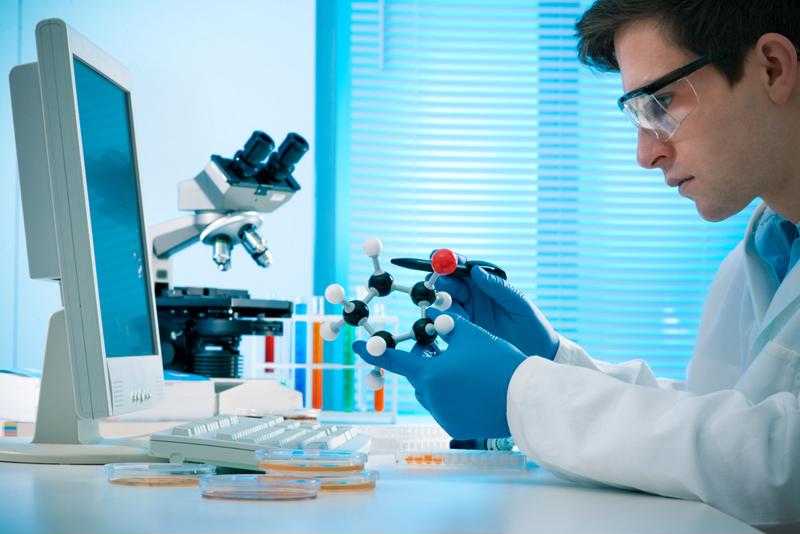As modern health care advances, scientists and doctors have at their disposal a growing number of sophisticated instruments and devices. In many ways, it is the development of these medical tools that drives health care forward – as new methods become available, hospitals can rethink treatment options with the goal of better patient outcomes.
It is no simple process to introduce a new piece of medical technology into the market, whether it be a diagnostic tool to measure a patient’s physical status or a delivery system for a targeted medication. Novel technologies, though full of potential, must first undergo thorough analysis from a trusted, unbiased, independent testing laboratory. Third-party testing labs can ensure a product is safe for public use as well a confirm the product will perform as expected. As health care technology grows ever more complex, the importance of rigorous testing increases along with it.
What’s more, the burden to ensure products and materials are up to par is on the device manufacturers themselves – regulators don’t provide common testing procedures, according to MPO Magazine. Companies must determine how to adhere to general guidance supplied by regulatory bodies. Relying on analytical testing services from a third-party testing lab supplies these organizations with data to show their products are safe and effective. Additionally, it provides these organizations with the expertise necessary to determine relevant and valid analytical methods.
“Outside labs can ensure a product is safe for public use.”
Medical device and medical product testing present unique challenges
Any product that reaches the shelves for public consumption must undergo some degree of testing to make sure it is safe for use. However, those standards change from industry to industry – clearly, cigarettes aren’t “safe” for human use, but they aren’t held to the same status as, for example, an over-the-counter medication. In the case of the latter, the buyer expects for the product to address symptoms or provide relief. If that doesn’t happen, there must be disclaimers to account for that.
When it comes to medical devices, that specificity is raised exponentially. Hospitals that administer treatment using complex medical devices and instruments must be able to do so without any fear of unintended consequences for the patient. Medical testing regulations are designed to create that certainty. But that doesn’t mean testing is a simple procedure, Jarret Wright, thermal, physical and microscopy lab manager at Polymer Solutions explained.
“Today’s complex films for use in implant devices and pharmaceutical packaging can consist of a dozen layers of varying polymers, adhesives, and metal foils, which all total less than a millimeter in thickness,” Wright pointed out. “Imaging and analyzing all of these layers is beyond the limits of a common optical microscope. The composition of the various layers can be so similar that visualizing them can be difficult, even with the magnification power of a scanning electron microscope.”
Instead, labs like Wright’s rely on innovative solutions to meet customer needs. They must devise and validate methods on their own to test products that defy standard techniques.

Better medical devices call for more robust testing procedures.
Changing regulations requires a predictive approach
On top of the complexity of testing the materials and devices themselves, testing labs must also look ahead to what future regulations may require. These requirements change as rapidly as the technology itself, so analytical testing labs have their work cut out for them. In addition, because regulators don’t provide a rubric to follow, it is up to the manufacturer to present a well-supported case to the regulatory body detailing why a new device or product is safe for use.
“Many clients still expect to provide stacks of data to regulators for their review and interpretation,” Lisa Olson, vice president of marketing and testing services regulatory reviewers for a medical device research provider, told MPO Magazine. “In reality … the manufacturer is responsible for providing a thorough and cogent argument that demonstrates the safety and efficacy of the product, backed up by comprehensive data.”
